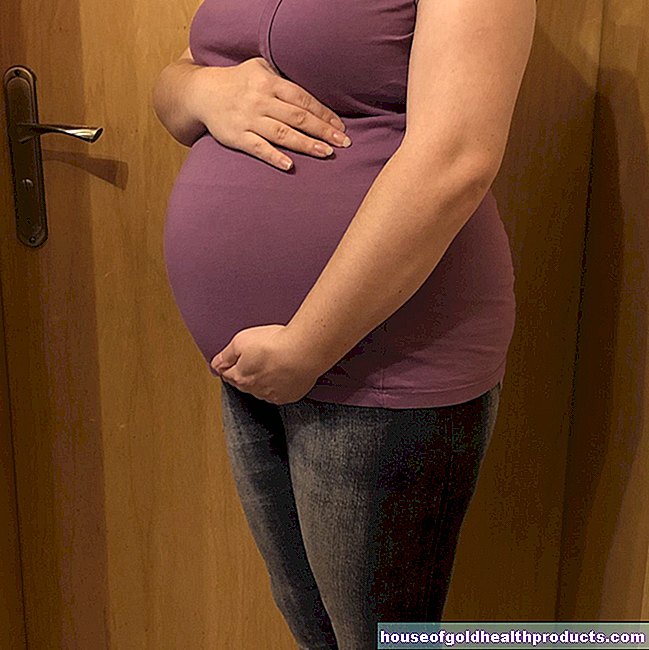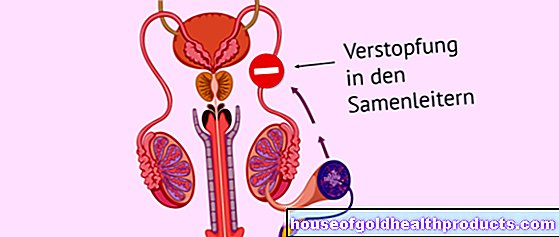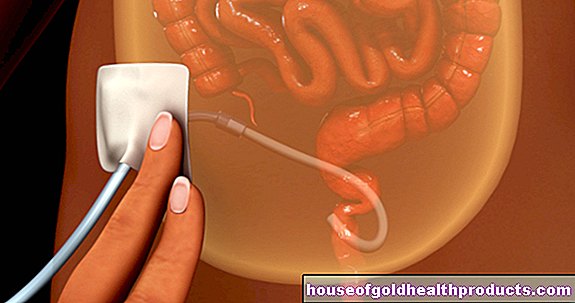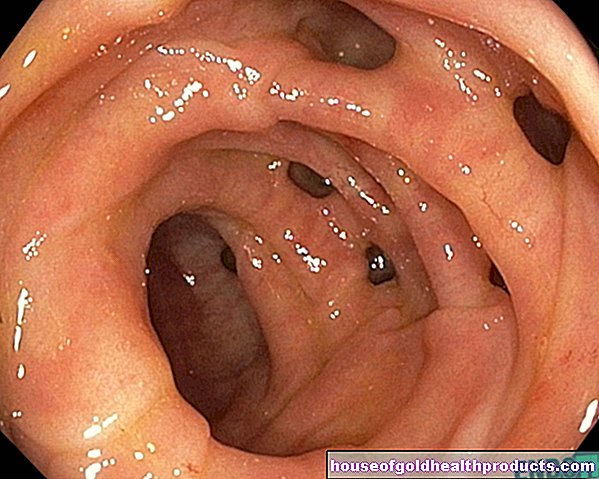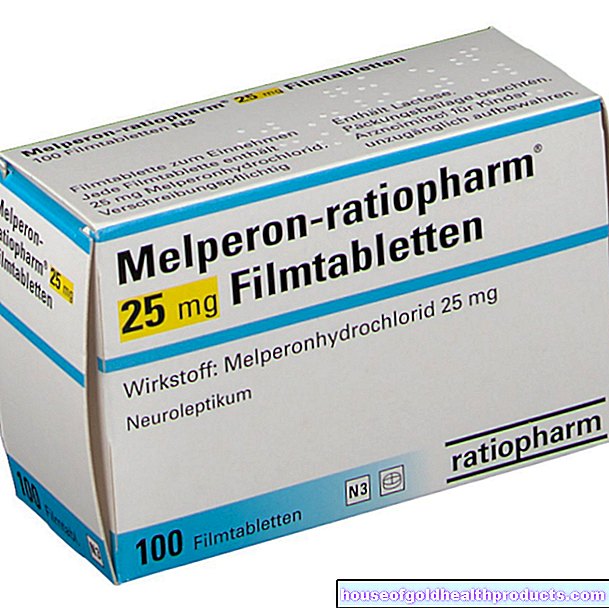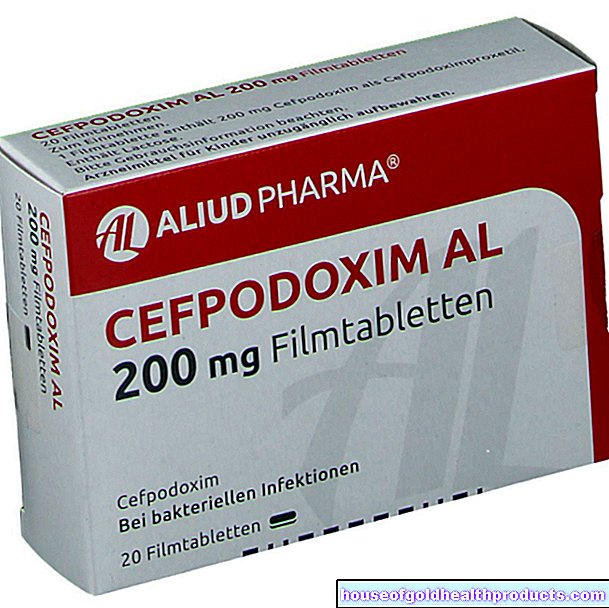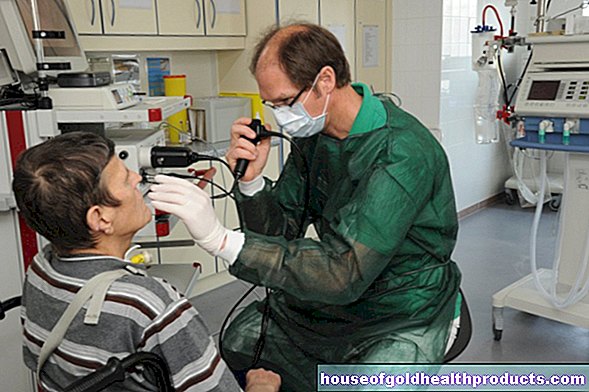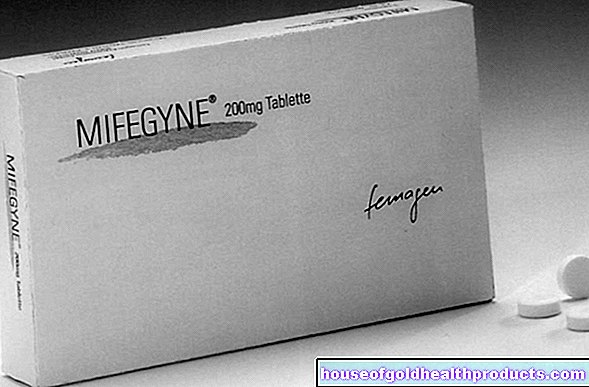Hyperemesis gravidarum
Dr. rer. nat. Daniela Oesterle is a molecular biologist, human geneticist and trained medical editor. As a freelance journalist, she writes texts on health topics for experts and laypeople and edits specialist scientific articles by doctors in German and English. She is responsible for the publication of certified advanced training courses for medical professionals for a renowned publishing house.
More about the experts All content is checked by medical journalists.Pregnant women with hyperemesis gravidarum vomit more than ten times a day. This is not only very psychologically stressful and exhausting, but also increases the risk of developing a lack of fluids, electrolytes, vitamins and other vital substances. Read here what effects hyperemesis gravidarum can have on mother and child and how doctors treat the disease.

Emesis or hyperemesis gravidarum?
Between 50 and 80 percent of all pregnant women are plagued by nausea (nausea) and vomiting (vomiting gravidarum) - mostly in the first twelve weeks of pregnancy. Some women even have to endure the condition beyond the 20th week of pregnancy (SSW). But even if the unpleasant side effects are perceived as annoying and severely impair the quality of life, they are not a sign of illness.
The situation is different with hyperemesis gravidarum, which occurs in 0.3 to 3 percent of all pregnant women. Here the nausea is accompanied by severe vomiting several times a day. More precisely: According to the definition, doctors speak of hyperemesis gravidarum when the vomiting occurs more than ten times a day, whereby the women cannot keep food or drinks with them and lose more than five percent of their body weight.
Hyperemesis gravidarum begins predominantly between the 6th and 8th week of pregnancy, reaches its peak around the 12th week of pregnancy and subsides around the 20th week of pregnancy. It is one of the most common reasons for hospitalization in the first half of pregnancy.
Hyperemesis gravidarum: consequences for the mother
With severe hyperemesis gravidarum, the expectant mother can practically no longer eat and drink without vomiting, and nausea is a constant companion. This means a strong emotional burden and a loss of physical strength.
Further consequences for the mother can be:
- Weight loss greater than five percent
- Lack of water (dehydration)
- Electrolyte imbalances
- Deficiency in vitamins, fats, minerals, sugar, etc.
- Increase in blood acids (ketosis)
As a result of these deficiencies, anemia, thromboses, nerve and brain diseases (Wernicke encephalopathy) can occur. Damage to the esophagus from frequent vomiting is also possible. A connection between hyperemesis gravidarum on the one hand and sleep disorders, anxiety and depression on the other hand could also be proven.
Hyperemesis gravidarum: consequences for the child
Hyperemesis gravidarum can also have serious effects on the unborn child:
- Premature birth (before the 37th week of pregnancy)
- decreased birth weight (less than 2.5 kilograms)
- reduced size
However, hyperemesis gravidarum does not seem to cause a spontaneous abortion (birth before the 20th week of gestation) or infant death in the womb.
Risk factors for hyperemesis gravidarum
The causes of hyperemesis gravidarum are not yet fully understood. Contrary to the one-sided and outdated opinion that it is a purely mental illness, it is assumed today that it is a multifactorial illness. This means that several risk factors combined lead to severe vomiting. Genetic reasons as well as hormonal (e.g. increase in human choringonadotropin or plasma protein A, PAPP-A), psychological (fears), sociocultural and ethnic factors are discussed.
The bacterium too Helicobacter pylori (H. pylori) could play a role. This is because the stomach germ occurs significantly more frequently in some pregnant women with hyperemesis gravidarum than in expectant mothers without severe vomiting. However, it is not known whether the bacterium is the cause or consequence of hyperemesis gravidarum.
Other risk factors can be young age, the first pregnancy or multiple pregnancies. The body mass index, smoking, or the economic background of the expectant mother seem to be irrelevant.
Diagnosis via elimination process
Severe nausea, severe vomiting or a weight loss of more than five percent during pregnancy does not necessarily have to be hyperemesis gravidarum. Doctors first try to clarify whether another disease might be causing the symptoms. These include, for example, gastrointestinal diseases (such as infections, gastritis, pancreatitis), neurological causes (such as migraines), urogenital diseases (such as infections of the urinary tract), metabolic diseases (such as increased calcium levels in the blood) or psychological disorders (such as eating disorders). The so-called molar pregnancy (molar pregnancy) - a rare malformation of the placenta - can also trigger hyperemesis gravidarum.
If all other possible diseases for the severe vomiting have been ruled out, the doctor will diagnose hyperemesis gravidarum.
Treatment of hyperemesis gravidarum
In the case of hyperemesis gravidarum, lifestyle changes, complementary therapies, and medication can alleviate the symptoms.
change of lifestyle
Occasionally, it helps the affected pregnant woman to change certain habits in life. For example, small but frequent meals, eating biscuits before you get up in the morning, and plenty of rest can sometimes alleviate severe vomiting and constant nausea. Fatty or spicy foods and nauseating smells or situations should be avoided.
Complementary methods
A number of complementary procedures appear to work in hyperemesis gravidarum. Acupressure, acupuncture, electrical stimulation as well as autogenic training, massages and homeopathic remedies (Nux vomica, Pulsatilla) may alleviate the symptoms. The medicinal plants ginger, chamomile and peppermint also help against nausea and vomiting.
Medication
In the case of severe vomiting, however, lifestyle changes and complementary methods sometimes reach their limits. Vitamin B6 is then usually used as a medicinal measure. Other active ingredients that are given for hyperemesis gravidarum are antihistamines (such as doxylamine), dopamine antagonists and H3 antagonists. The data base on these drugs in the treatment of the disease is, however, relatively sparse. Further studies on this are necessary.
When to the clinic?
If you suffer from hyperemesis gravidarum, are powerless and have significantly lost weight, do not hesitate to contact your doctor. Because before you or your child run the risk of harm, going to the clinic is clearly more sensible. There you can be helped through artificial nutrition (by infusion or tubes) to prevent possible consequences of hyperemesis gravidarum.
Tags: womenshealth baby toddler menshealth








